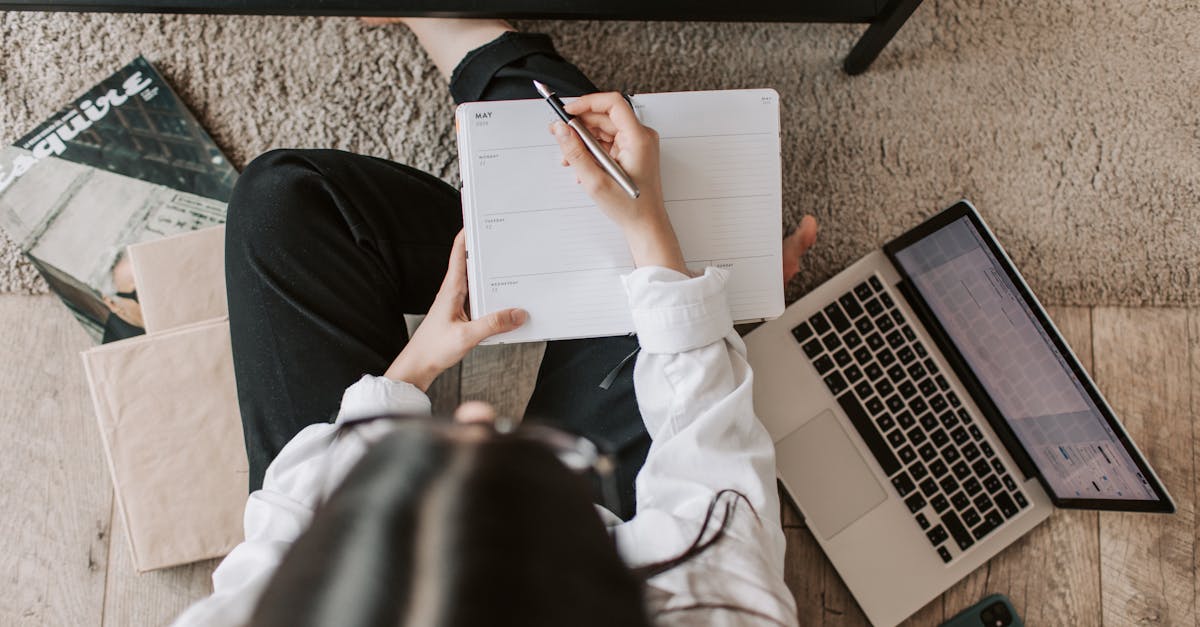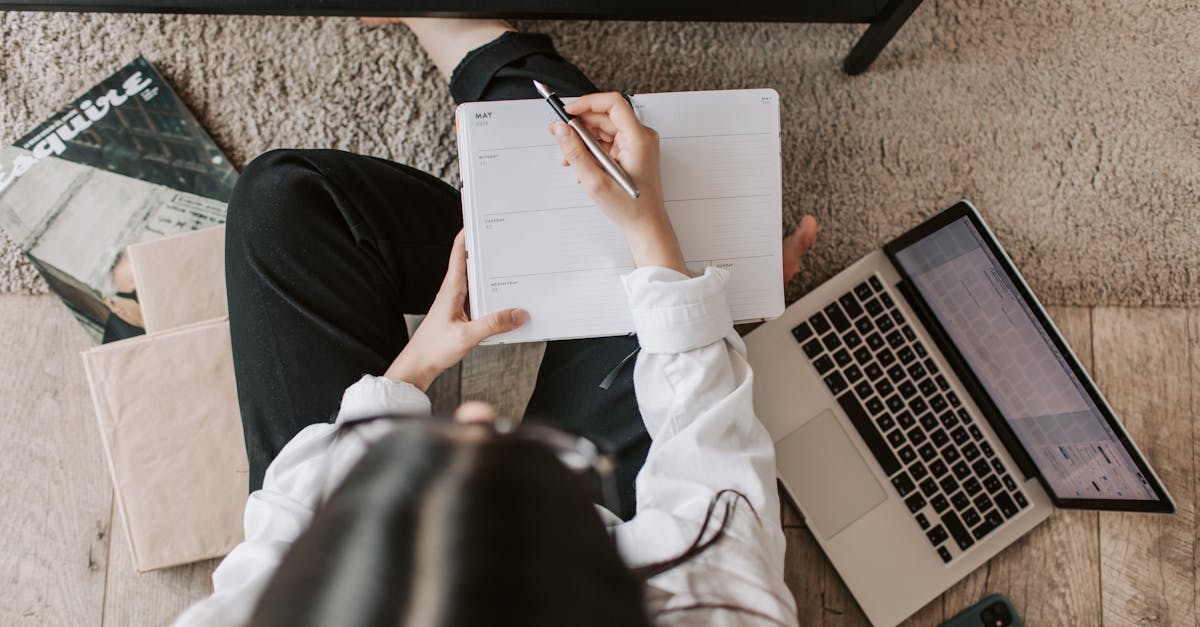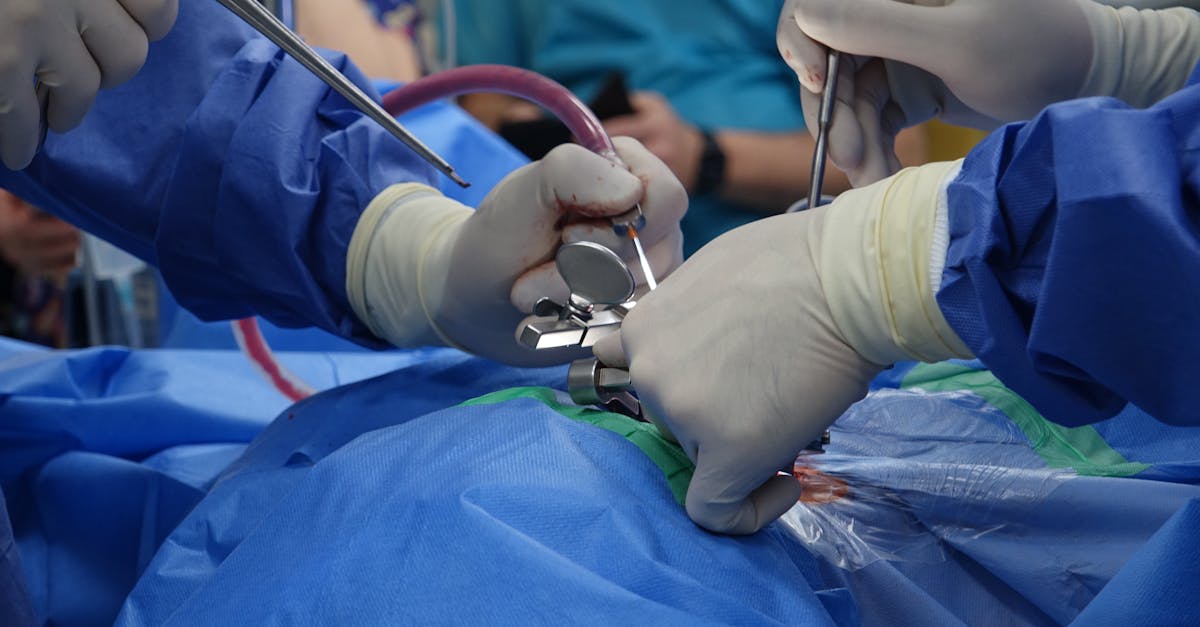Dizziness After Head Injury Impacting Your Life?
In Short: Experiencing dizziness after head injury? Understanding the dizziness causes, like BPPV (benign paroxysmal positional vertigo) and vestibular neuritis, is key to regaining stability. Pulse Align provides innovative solutions focused on holistic recovery, including gentle posture correction and core strengthening exercises. By incorporating vertigo exercises and dizziness home remedies, individuals can improve balance and alleviate symptoms like dizziness and anxiety. Ready to enhance your well-being? Reclaim your health and wellness at Pulse Align Clinics. Book your appointment today!
Are you struggling with lower back pain and poor posture?
Managing dizziness after a head injury can be a critical part of recovery, and at Pulse Align, we provide specialized support to ensure a steady recovery. Dizziness is a common symptom that can arise from various conditions, including BPPV, vestibular neuritis, and even labyrinthitis. Our comprehensive approach focuses on posture correction and core strengthening, addressing not only dizziness but also related issues such as dizziness and anxiety and balance problems. By integrating effective vertigo treatment solutions, including vertigo exercises and dizziness home remedies, Pulse Align empowers clients to improve stability and alleviate symptoms, enhancing their overall well-being.
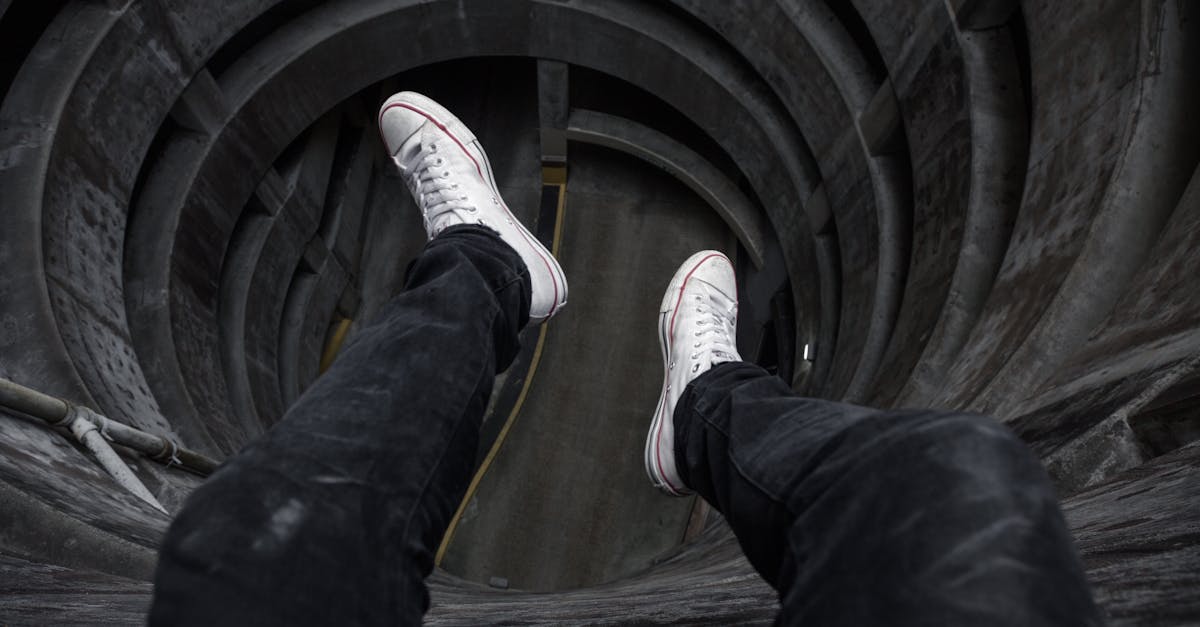
Dizziness can be a disorienting challenge, especially after a head injury. Many individuals find their everyday activities disrupted as they navigate the aftermath. At Pulse Align, we understand the complexities surrounding issues like this and focus on enhancing well-being through posture improvement and neuromuscular recalibration. Our innovative approach is designed with our clients in mind, ensuring a gentle path toward balance restoration.
Introducing Pulse Align’s Gentle Approach
At Pulse Align, we embrace a comprehensive mainstay of wellness that promotes muscle tone symmetry and optimizes overall bodily function. Through the use of gentle stimulation, our methods aim to restore natural processes without implying direct treatment for symptoms. By understanding the body’s innate ability to heal, clients can experience improvements in stability and comfort, moving gracefully through life. Our holistic approach prioritizes personal well-being by fostering an environment that encourages natural balance.
Holistic Benefits for Enhanced Well-Being
Our clients often share how the emphasis on holistic health at Pulse Align has transformed their wellness. Many have noticed significant enhancements in their ability to improve posture naturally, alleviate tension, and embrace a fuller, more active life. Testimonials reflect how incorporating our methods into daily routines leads to favorable outcomes, with one client noting, “I experienced increased flexibility and reduced discomfort after embracing the Pulse Align techniques.” Such feedback illustrates the profound impact of our approach on individual wellness journeys.
Embark on Your Wellness Journey with Pulse Align
If you are ready to explore how Pulse Align can support your recovery following a head injury, we invite you to book a consultation. With locations in Montreal, La Prairie, Terrebonne, Chicoutimi, Charlesbourg, Saint-Jérôme, Châteauguay, Sainte-Marie, Les Escoumins, Granby, and Panama City, our services are accessible and designed for families including children and pregnant women. Remember, Pulse Align complements your current healthcare services, working in harmony to promote overall wellness. Experience the difference at Pulse Align today!
- Understanding Dizziness Causes: Identifies conditions such as BPPV and vestibular neuritis.
- Posture Correction: Techniques aimed at improving alignment for enhanced stability.
- Core Strengthening: Exercises designed to bolster trunk muscles for better balance.
- Gentle Techniques: Non-invasive methods that support overall comfort and recovery.
- Holistic Approach: Combines physical and emotional wellness for a comprehensive recovery.
- Patient-Centered Care: Tailored recovery plans designed to meet individual needs.
- Community Support: Encouragement from shared experiences facilitates effective healing.
- Regular Follow-Ups: Continuous assessment to adapt treatment as needed.
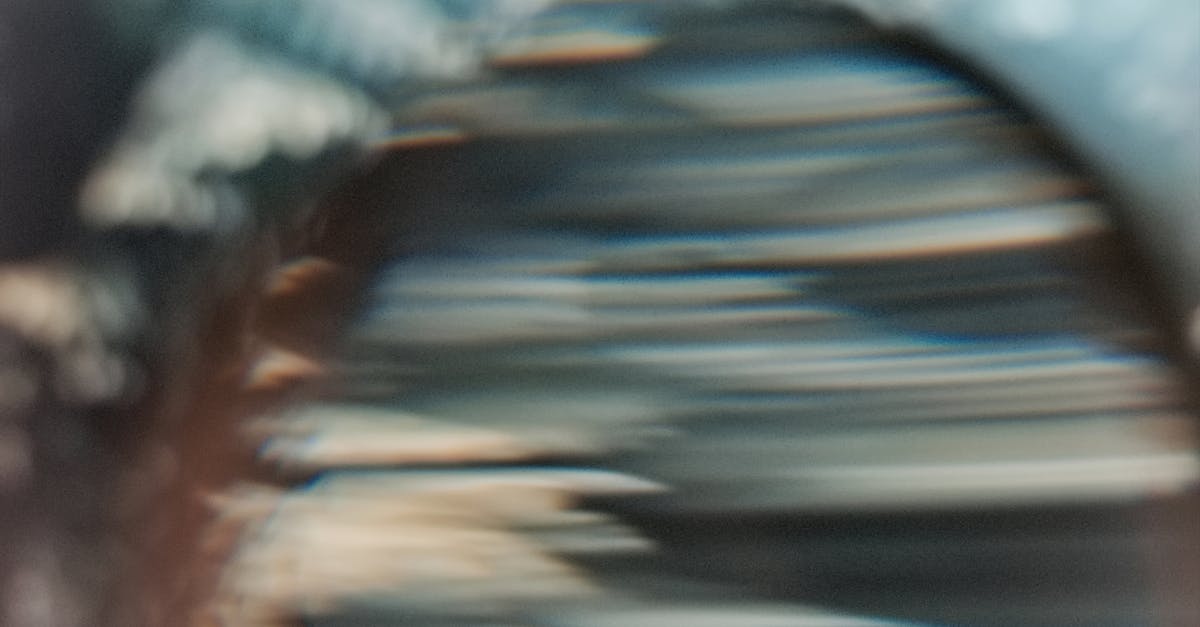
Dizziness after a head injury can severely impact an individual’s daily activities and overall quality of life. Understanding the underlying dizziness causes such as BPPV (benign paroxysmal positional vertigo), vestibular neuritis, and labyrinthitis is vital for effective vertigo treatment. At Pulse Align, we are dedicated to supporting your recovery journey through a holistic approach that focuses on neuromuscular health, posture improvement, and holistic recalibration. This article outlines how our tailored solutions can assist you in managing dizziness and regaining balance.
Understanding Dizziness Causes
After experiencing a head injury, many individuals may encounter various dizziness causes leading to symptoms such as a spinning sensation or instability. Conditions like BPPV, vestibular neuritis, and Meniere’s disease can trigger these issues and significantly affect daily activities. Identifying these causes is essential as it allows for proper and targeted treatment to alleviate symptoms of dizziness and anxiety.
Posture Correction Techniques
One effective approach to managing dizziness is through posture correction techniques. Proper alignment aids in minimizing discomfort and supports coordination, crucial for those recovering from head injuries. At Pulse Align, we emphasize the importance of maintaining upright posture, which can mitigate sensations of dizziness when standing up suddenly.
Core Strengthening and Trunk Exercises
Core strengthening plays a pivotal role in establishing a stable foundation for individuals affected by dizziness. Our customized trunk exercises focus on enhancing the strength of torso muscles, ultimately leading to improved balance. By reinforcing this stability, clients can experience a significant reduction in dizziness and feelings of instability.
Holistic Approaches and Natural Remedies
In addition to conventional exercises, exploring dizziness home remedies such as hydration, ginger intake, and specific vertigo exercises can further support recovery. Gentle movements aimed at vestibular rehabilitation can not only alleviate dizziness but also foster a sense of calm and control over oneself. Embracing these natural remedies for dizziness and nausea complements the professional guidance provided at Pulse Align.
Community Support and Engagement
At Pulse Align, you’re not alone in this journey. The supportive community surrounding our clinics encourages shared experiences, ultimately facilitating effective healing. Engaging in discussions about challenges and victories reinforces motivation and fosters a conducive environment for recovery.
Book Your Consultation Today
If you’re experiencing dizziness after a head injury, we invite you to take the next step towards comprehensive recovery by booking a consultation with Pulse Align. Our team is here to facilitate your journey to renewed stability and wellness through tailored exercise plans and holistic techniques. Whether you are located in Montreal, La Prairie, Panama City, or any of our other locations, we are committed to aiding you in reclaiming your health.
Experience the Pulse Align difference today and embrace a path towards effective management of dizziness. Together, we can explore how our personalized strategies will help you achieve balance and improve your quality of life.
| Focus Area | Details |
|---|---|
| Dizziness Causes | Identifying triggers such as BPPV, vestibular neuritis, and labyrinthitis. |
| Posture Correction | Techniques to enhance body alignment and reduce instability. |
| Core Strengthening | Exercising trunk muscles to improve overall balance. |
| Neuromuscular Recalibration | Restoring brain-body connections for better coordination. |
| Gentle Techniques | Non-invasive methods that facilitate recovery while minimizing discomfort. |
| Individualized Support | Custom recovery plans tailored to meet specific client needs. |
| Community Engagement | A nurturing atmosphere that fosters shared recovery experiences. |
| Regular Follow-Ups | Ongoing assessments to continually adapt treatment plans. |
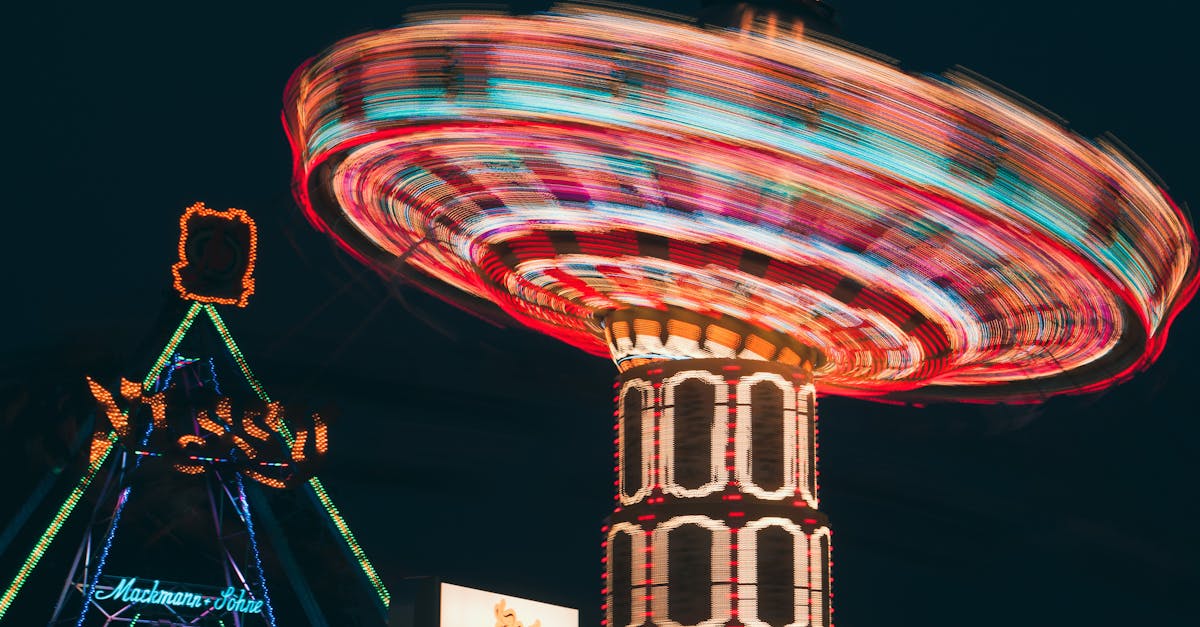
Wellness Journey: Client Testimonials on Managing Dizziness After a Head Injury
“After my head injury, I was struggling with severe dizziness that made everyday activities daunting. Since I began my journey with Pulse Align, I have felt a tremendous shift in my overall health. The team’s gentle approach promotes my body’s natural ability to recalibrate. I can now move confidently without feeling unsteady.” — Client from La Prairie
“Living in Mont-Royal, I was hesitant about choosing a holistic approach for my dizziness post-injury. However, my experience at Pulse Align proved transformative. The practitioners took the time to understand my unique needs and offered tailored support that respected my healing process. I now enjoy improved balance and stability in my daily life.” — Client from Mont-Royal
“As someone from Terrebonne, I sought help after experiencing persistent dizziness following a head injury. The focus on the body’s inherent capacity to restore itself at Pulse Align resonated with me. Their gentle techniques not only reduced my dizziness but also enhanced my overall well-being. I am truly grateful for the compassionate care provided throughout my recovery.” — Client from Terrebonne
“Clients in Les Escoumins can benefit immensely from Pulse Align’s holistic strategies. The knowledgeable staff helped me embrace my journey toward recovery by nurturing my body’s natural ability to heal. I noticed significant improvements in my balance and confidence, all thanks to Pulse Align.” — Client from Les Escoumins
“As a resident of Châteauguay, I highly recommend Pulse Align for anyone dealing with dizziness after a head injury. Their supportive team respects the natural healing process and offers a nurturing environment that allowed me to actively engage in my recovery. I appreciate the personalized care that aligns with my wellness journey.” — Client from Châteauguay
“I found tremendous relief when I decided to try Pulse Align’s services in Sainte-Marie. The emphasis on gentle techniques facilitated my body’s natural healing abilities, enabling me to regain my balance and comfort. I feel empowered to take charge of my wellness journey now.” — Client from Sainte-Marie
For those in the regions of Chicoutimi, Saint-Jérôme, or Panama City, Pulse Align offers invaluable support as you navigate through the challenges of recovery. Their unique approach can make a significant difference in achieving holistic wellness. Feel free to explore Our Clinics and discover how Pulse Align works alongside healthcare teams to empower clients and families on their wellness journey.
Dizziness after a head injury can lead to significant challenges in daily life, impacting balance and well-being. At Pulse Align, we specialize in encouraging steady recovery through tailored methods that address dizziness causes such as BPPV (benign paroxysmal positional vertigo), vestibular neuritis, and labyrinthitis. Our holistic approach combines posture correction and core strengthening to alleviate symptoms of vertigo while empowering individuals to regain their stability.
Understanding the mechanics of posture improvement and the gentle art of neuromuscular recalibration is essential for effective recovery. This is where innovative wellness methods, such as those offered at Pulse Align, come into play. By employing gentle stimulation techniques, Pulse Align aims to promote muscle tone symmetry and improved posture. This not only supports individuals experiencing balance problems but also facilitates natural bodily processes.
The benefits that come from a holistic approach are profound. Clients often report improved posture and an increased sense of stability after incorporating Pulse Align’s techniques into their routines. Regular practice of these techniques can significantly aid in managing symptoms of dizziness. Additionally, embracing dizziness home remedies like staying hydrated can complement professional treatments offered at Pulse Align.
Our Mission
At Pulse Align, our mission is to deliver evidence-based, client-centered treatments that address the underlying causes of pain and dysfunction. By integrating advanced techniques and technologies, we strive to empower each person to take control of their health, ensuring a high standard of care, lasting relief, and an improved quality of life.
If you’re ready to explore how Pulse Align can support your recovery journey, we invite you to book a consultation today. With locations available in various cities, our services are designed to be accessible for everyone, ensuring that you can reclaim your health and wellness.
Transform Your Recovery: TAGMED’s Spinal Decompression Therapy
TAGMED’s advanced Spinal Decompression Therapy offers a non-surgical solution specifically designed to address moderate-to-severe disc issues such as herniated discs or bulging discs. By gently reducing pressure on the affected discs and nerves, this specialized technique effectively enhances mobility, alleviates pain, and supports your body’s natural healing process. If you’ve plateaued with other therapies, discover how TAGMED’s evidence-based decompression approach can help you resume an active, comfortable life.
Have you tried conventional treatments and still struggle with persistent back pain due to a severe disc condition?
Mechanism of Action
TAGMED’s neurovertebral decompression applies a controlled, progressive traction force to the spine, which is pivotal in healing chronic pain. This innovative system increases the space between vertebrae, effectively reduces pressure on intervertebral discs and nerve roots, and promotes better fluid circulation in the targeted area. By lowering inflammation, patients experience significant pain relief from conditions like spinal stenosis or sciatica, presenting a reliable, non-invasive solution that enhances overall well-being.
Specific Benefits
This non-invasive approach is particularly effective in alleviating chronic pain linked to conditions such as herniated discs or facet syndrome. By optimizing fluid circulation around the discs and reducing pressure on nerve structures, TAGMED’s spinal decompression therapy not only speeds up recovery but also enhances the quality of life for patients suffering from persistent discomfort. Many patients report a significant reduction in symptoms of facet arthrosis and other chronic pain conditions.
Comparison with Other Treatments
When contrasting TAGMED’s neurovertebral decompression technology with other commonly utilized treatments—such as pain medications, corticosteroid injections, and surgical interventions—the advantages of decompression therapy become evident. Unlike traditional methods, neurovertebral decompression does not require invasive procedures, significantly minimizing medication-related risks while providing a faster path to recovery. This makes it a compelling choice for those seeking safer, evidence-based alternatives to manage their chronic conditions effectively.
Case Studies or Testimonials
The efficacy of TAGMED’s neurovertebral decompression is reflected in the positive experiences of numerous patients. For instance, John, a long-time sufferer of back pain, reported, “After my sessions at TAGMED, I noticed a lasting reduction in my pain and was able to return to my daily activities much sooner than I expected.” Similarly, Sarah experienced a significant relief from her sciatica, stating, “I finally feel free from the constant discomfort; I can now enjoy life again without relying on pain medications.” These testimonials highlight the transformative power of this rehabilitative therapy.
If you are navigating the challenges of dizziness following a head injury, Pulse Align provides a gentle, non-invasive pathway toward recovery. Our holistic health approach emphasizes posture correction and neuromuscular recalibration, allowing clients to experience significant improvements in their daily lives.
At Pulse Align, clients commonly report enhanced well-being, including better posture, reduced discomfort, and increased mobility. With our focus on nurturing the body’s inherent abilities, individuals often discover a more balanced and stable version of themselves. Each tailored recovery plan attunes to personal needs, ensuring clients feel fully supported throughout their wellness journey.
The positive experiences shared by clients reinforce our commitment to providing a compassionate support system. At Pulse Align, community engagement and shared stories energize individuals as they confront their challenges. We celebrate the triumphs of those who embrace our holistic methods, fostering an environment of encouragement and hope.
If you are ready to transform your wellness journey, we invite you to discover the Pulse Align difference today. Schedule your consultation now and explore how our innovative, gentle techniques can bring you closer to a healthier state of being. Together, let’s promote your natural healing abilities and enhance your overall quality of life.
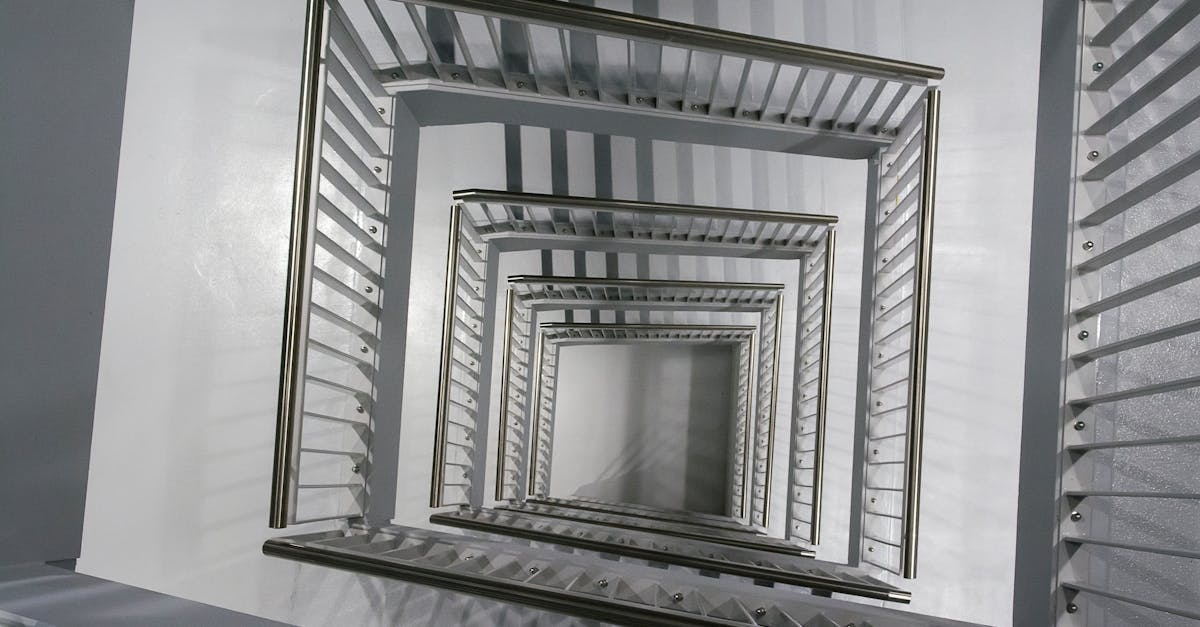
Do you suffer from a chronic condition that responds little or not at all to conservative treatments?
Pulse Align is a non-invasive, innovative method designed to help restore the body’s natural balance and posture through gentle, imperceptible pulses. By focusing on the body’s inherent abilities, this approach not only fosters improvements in overall well-being but may also lead to reduced muscle and joint tension. Our commitment to promoting natural recalibration aligns perfectly with the goal of supporting clients experiencing discomfort due to imbalance.
At Pulse Align, we believe in enhancing the body’s natural processes. Rather than directly focusing on discomfort or specific conditions, our gentle approach allows the body to recalibrate itself naturally. Clients often report remarkable improvements in their overall sense of comfort and posture, which are crucial for enabling fluid movement and a greater quality of life. This holistic method nurtures the body’s own potential to restore balance, leading to a satisfying experience for those seeking alternative wellness solutions.
Our personalized approach sets Pulse Align apart from typical wellness options. Clients frequently share how our gentle techniques have led to notable enhancements in their neck and back tension, as well as improvements in their overall wellness. Positive testimonials highlight the shifts made in comfort levels and stability, reinforcing the idea that embracing a supportive community fosters recovery. At Pulse Align, we celebrate the collective achievements of our clients, who find themselves empowered by the process of informed self-care.
To explore how Pulse Align can enhance your wellness journey, we invite you to visit our website, where you can learn more about our services and locate one of our clinics in cities such as La Prairie, Mont-Royal, Terrebonne, Chicoutimi, and many others. Booking a consultation is a simple step towards experiencing the benefits of our holistic approach. Remember, while Pulse Align complements existing healthcare services, our focus remains on promoting muscle tone symmetry and improved posture, making this a nurturing opportunity for the entire family.
Discover more about how Pulse Align can support your sense of well-being by visiting our website: Pulse Align. We are dedicated to fostering an inclusive, safe, and non-invasive environment that respects the body’s natural capabilities to regain balance and comfort.
Frequently Asked Questions
Vértigo
Is BPPV common?
Yes, Benign Paroxysmal Positional Vertigo is the most common cause, often due to displaced crystals in the inner ear.
¿Cuál es la diferencia entre un vértigo y un mareo?
El vértigo implica una sensación de giro, mientras que el mareo es una sensación de debilidad o aturdimiento sin sensación rotatoria.
Can vision problems cause vertigo?
Blurry vision or unequal corrections can cause instability or a sense of imbalance.
¿Los problemas visuales pueden causar vértigo?
Una visión borrosa, diferencias de corrección entre los ojos o problemas de coordinación visual pueden dar sensación de inestabilidad.
¿Levantarse demasiado rápido provoca vértigos?
Sí, al levantarse rápido puede haber hipotensión ortostática, causando mareos, aunque no siempre verdadero vértigo.
Is vestibular rehabilitation effective?
Yes, it retrains the balance system, helping compensate for inner ear dysfunction.
¿Los acúfenos acompañan a menudo los vértigos?
En la enfermedad de Ménière los acúfenos (zumbidos) son frecuentes. Otras causas de vértigo no siempre incluyen acúfenos.
¿La maniobra de Epley es eficaz contra el VPPB?
Sí, esta maniobra reposiciona los cristales en el oído interno, aliviando el vértigo en la mayoría de los casos.
La rééducation vestibulaire prend-elle longtemps ?
Cela dépend de la cause et de la gravité. Quelques semaines à plusieurs mois sont parfois nécessaires pour une amélioration significative.
Are tinnitus and vertigo often associated?
In Meniere’s disease, tinnitus (ringing) is common. Not all vertigo causes involve tinnitus.
Zoé Rousseau believes that knowledge is the most powerful step toward healing—and she’s here to illuminate the path forward for anyone facing the challenges of vertigo. At Pulse Align, Zoé not only highlights the latest breakthroughs in neuromodulation and non-invasive health technologies but also translates complex research into practical, everyday guidance. Her approach is grounded in empathy and fueled by a genuine drive to help readers find balance, both literally and figuratively. From exploring advanced treatments to sharing firsthand patient stories, Zoé’s heartfelt advocacy ensures that no one has to face the spinning world of vertigo alone.
Medical Disclaimer
The information and advice provided on this site do not replace the advice, diagnosis, or treatment of a healthcare professional. Please note that the author of this article is neither a doctor nor a specialist in a medical specialty as defined by the Collège des médecins du Québec. Manual medicine, functional medicine, and sports medicine as described on this site exclude any medical treatment or diagnosis made by a doctor or medical specialist. Always consult your doctor for any medical questions. For more details, please read our complete Legal Notice.


